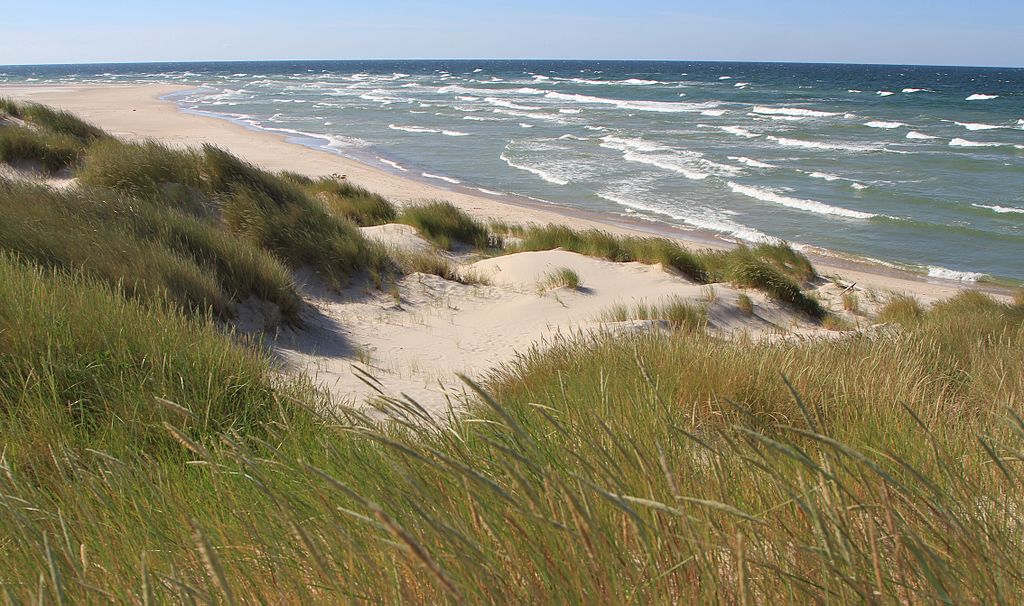During an excavation project, an Iron Age port was found on the Swedish island of Gotska Sandon. The project was carried out in collaboration with archaeologists from Södertörn University, Uppsala University’s Jutland Campus, the Gotland Museum, and the Swedish National Heritage Agency.
Gotska Sandon is an island and national park in Gotland County, Sweden, in the Baltic Sea. Earlier this year, archaeologists found two 2,000-year-old Roman coins they found On one of the island’s beaches. Both coins are made of silver, one of them from the reign of Emperor Trajan, AD. From 98 – 117 AD, and the other from the era of Emperor Antoninus Pius M. It comes from 138-161, predicate A Daily heritage.
In recent excavations, archaeologists have now found traces of twenty hearths on the same beach where the Roman coins were found. According to Johan Ronneby, professor of marine archeology at Södertörn University, the site is an Iron Age port, but not in the modern sense of docks. Rather, it is the place where people in the Iron Age regularly docked their ships and set up camp.
Although the purpose of camping can only be guessed at, according to researchers, it may be related to the pursuit of emerging seals.
“The seals probably came from the island of Gotland and In Sandon They went to the beach to cook seal skin. They could have used stoves for this purpose, but we don’t know that yet. There may be other reasons why a place looks the way it does. For example, it might have been a mall,” Ronby said.
Carbon isotope dating of the fossils and one of the hearths showed that they also date back to 2,000 years ago. This assumes a connection between the camp and Roman coins.
Worth reading:












































